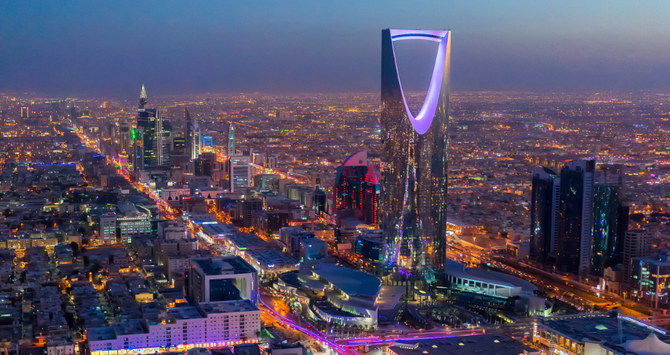
- ARAB NEWS
- 02 May 2024

The Saudi economy has shown quick recovery from the adverse effects of the coronavirus pandemic, as the Kingdom posted a 1.8 percent annual growth in the second quarter of this year. The third-quarter financial results also showed positive signs of recovery, as total revenues amounted to SR243.3 billion ($64.8 billion) and total expenditures totaled SR236.6 billion, posting a surplus of SR6.6 billion for the first time since 2019.
Oil price continued its rally during the third quarter as Brent crude oil spot prices averaged $74 per barrel in September of this year and more than $80 per barrel in October. This upward momentum has fueled the Kingdom’s first quarterly surplus in more than two years. Also, the close coordination between the Organization of the Petroleum Exporting Countries and the grouping of its allies said the OPEC+ has helped to maintain oil prices at healthy levels.
In addition to the contribution of oil revenues to the budget surplus in the third quarter, non-oil revenues also contributed significantly to the surplus by recording a 33 percent increase in the nine months over the same period of last year amounting to SR299.5 billion.
Controlling public spending has also led to the budget surplus, as evidenced by the decrease in the three quarters of this year by 8 percent compared to the same period of last year to amount to SR236.6 billion versus SR256.3 billion.
The government should exert efforts to enhance its reserve assets and consider reducing its borrowings.
Talat Zaki Hafiz
It is worth noting that such ambitious financial goals go hand in hand with the Saudi Ministry of Finance’s vision to place the Kingdom among the world’s 15 largest economies by 2030 through a distinct financial system. Also, to develop effective financial policies that would enhance the management of the financial resources to achieve economic growth stability, financial sustainability, increase spending efficiency and strengthen partnerships with the private sector through applying effective governance.
Despite these financially ambitious goals and objectives, the budget continues to address the basic needs of Saudi citizens and the requirements of economic development.
As an example, the health and social benefits, actual cumulative expenditures for the nine months of this year amounted to SR 54.1 billion, showing an increase of 11 percent over the same period of last year.
It is worth mentioning that the budget surplus achieved in the third quarter has narrowed the cumulative fiscal deficit for the first three quarters significantly below the annual projected deficit of SR140.9 billion.
Although the government has succeeded in achieving a budget surplus, there still are several challenges ahead such as maintaining financial sustainability in the medium term and also reduction of the Kingdom’s dependence on oil revenues. This requires additional government efforts to enhance and develop non-oil revenues to reach the target set by Saudi Vision 2030 to raise the contribution of non-oil exports from 16 percent to at least 50 percent of the non-oil GDP. Last but not least, the government should exert efforts to enhance its reserve assets and consider reducing its borrowings.
• Talat Zaki Hafiz is an economist and financial analyst.
Twitter: @TalatHafiz